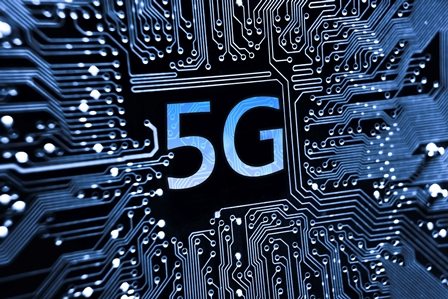Building on research published in January, IHS Markit Chief Economist Nariman Behravesh, writing in a op-ed piece published May 13 by The Hill, shares his view that 5G “will be a technology platform for innovation in virtually every industrial sector, from automotive to healthcare. As a result, this new technology, successfully implemented, will have a profound impact on the U.S. and global economy and will be a catalyst for innovation of goods, services and business models that evolve and emerge over the next two decades.”
In the original research, IHS Markit analysts grouped 5G with what they termed “general purpose technologies” like the printing press, electricity, the internet and the steam engine. Based on 21 key 5G use cases, the report shares several key economic findings:
- In 2035, 5G will contribute to $12.3 trillion in “global economic output.”
- In the same timeframe, the next generation of cellular will support 22 million jobs and create $3.5 trillion in output.
- The entire 5G “value chain” will invest an annual average of $200 billion.
In his analysis, Behravesh focuses on the ability of emerging ultra high capacity and ultra low latency networks to drive “productivity gains gains in the utilization of…capital and labor,” but also boils down the impact to how quality of life for people around the world changes as a function of, for instance, advances in health care and urban living.
“Here in the U.S.,” Behravesh writes, “5G enabled advances in tele-health will help to deliver more innovative and effective care to underserved rural populations, help to meet the increasingly complex healthcare needs of our veterans, and catalyze new efficiencies that can drive healthcare costs down in the future. Internationally, where rapid urbanization in megacities around the world presents significant economic and social challenges, 5G holds the promise of more effective, efficient, and greener deployment of critically needed power, public safety, and transportation infrastructure.”

